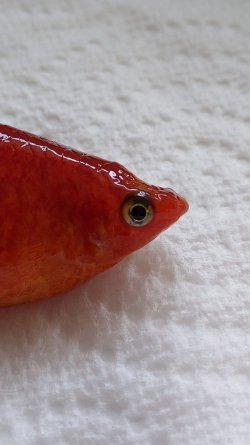Fox46
Fish Fanatic
When cleaning the filters, I rinse out the sponges and the pads in some of the old tank water before I start hoovering. The media I just shake about and scrub any algae off the opening at the top. I'm careful not to over clean, or at least I think I am. The readings were taken the day after I'd done the weekly water change, and though the nitrate test was a little more golden than the 0 on the API chart, it was certainly nowhere near the 0.5 block. I've got three filters running in that tank, one is a spare for emergencies and the other is a spray-bar filter for the 25l hospital tank when needed. I'd be surprised if all three crashed at once. The other fish in that tank are ok, (4 Pearl Gouramis, 1 Black Widow tetra and the remaining Rainbowfish) so I figured the problem didn't lie there. Maybe I should start cleaning each of the 2 larger filters on different rotas, just in case.



